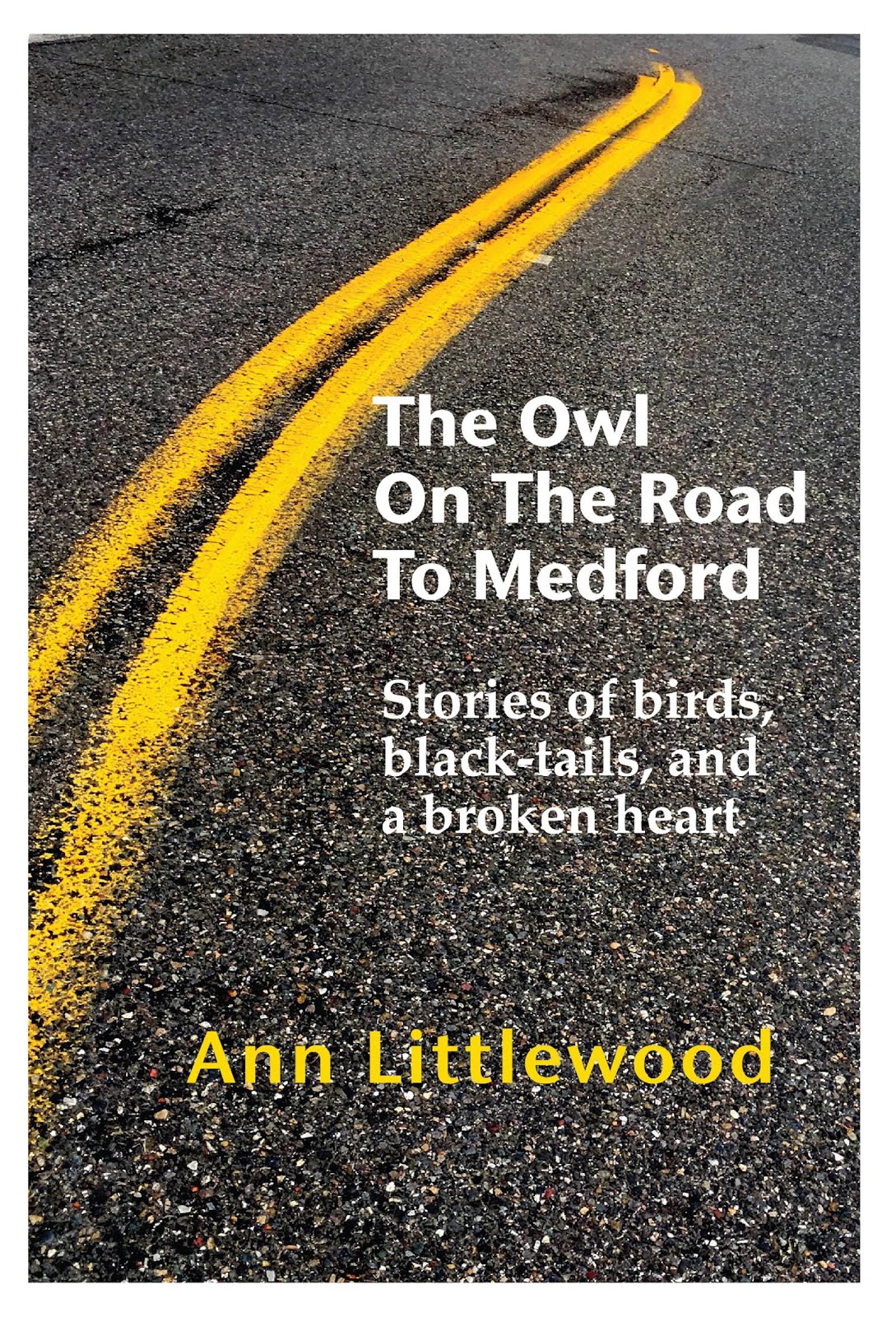I recently stumbled on a program that is simultaneously addressing health care for impoverished people, deforestation, global warming, and orangutan conservation. That’s quite a gift basket for a conservationist who also cares about social justice. Listen up!
In October, Dr. Kinari Webb gave a talk here in Portland, Oregon, about a health clinic she runs in Indonesia on the border of Gunung Palung National Park. This park is home to a healthy population of orangutans. In case you haven’t been watching this species, conservationists are predicting that we will see the extinction of wild orangs in the next decade or so as Indonesia de-forests and converts natural landscapes to palm plantations and other agriculture. This massive deforestation, incidentally, is a huge contributor to global warming.
(http://www.iucnredlist.org/details/17975, http://www.commondreams.org/archive/2007/05/14/1175)
A national park is a safe haven for wild animals, right? Not necessarily. Setting up a “paper park” is often a feel-good exercise in public relations. Who, exactly, is going to prevent illegal logging and other detrimental activities? An under-funded park service going against well-armed profiteers? It’s no surprise that logging within Gunung Palung has been a huge problem. And when the trees go, so do the orangs and a thousand other benefits of undisturbed forest.
Here is what Dr. Webb is doing. She runs a small clinic under a program called Health In Harmony. The clinic serves the 22 villages that ring the park. She delivers quality health care to very poor people on a tiny budget. Patients pay in cash if they can. If they don’t have cash, they are not turned away, but neither are services given for free. They pay with labor, manure for the organic garden, baskets, or other trade items.
But she goes beyond medical treatment. She links health care to the environment.
* Illegal logging—Health In Harmony offers health care incentives to villages who go “green.” The Park Bureau classes villages as “red” or “green” based on ground and aerial surveys. Red villages show evidence of illegal logging within the park near their boundaries. Green villages don’t. Green villages get mobile clinic visits, low-cost ambulance service, organic gardening training and additional discounts at the clinic.
* Organophosphate poisoning from ignorant and excessive use of pesticides—clinic staff teach organic farming and practice it at the clinic vegetable garden.
* Underemployment—Health in Harmony is researching options for a program that would pay locals to reforest the logged portions of the park.
One of the characteristics of Dr. Webb’s approach that impressed me the most is that she asks the local villagers and their leaders what their priorities are. Are they open to alternatives to illegal logging? (Yes. Logging is dangerous and poorly paid.) What extra services would they want in exchange for green certification? (They wanted a mobile clinic, supplemental ambulance service, and—surprise—training in organic farming.) She doesn’t hand out what we or she think these people need. She asks them and melds their answers into broader goals. Let me add, that the Indonesian Park Service has become an important partner, or none of this would be possible.
The more she said about her program, the more enthusiastic I got and I ended up writing a check for more money than perhaps I should have, but no regrets!
Check it out and see if you don’t find this a wise, compassionate, and effective approach to multiple environmental and health problems: http://www.healthinharmony.org/index.html And then send these people some money. They are doing work we desperately want done.
More sites with information about orangutans and Gunung Palung.
Gunung Palung Orangutan Conservation Program: http://www.savegporangutans.org/
Gunung Palung Orangutan Project: http://www.fas.harvard.edu/~gporang/index.html
Gunung Palung National Park: http://www.geocities.com/rainforest/4466/palung1.htm
Tim Laman Photos, Orangutans: http://www.timlaman.com/main.php
A map of the park: http://encarta.msn.com/map_701581664/gunung_palung_national_park.html
Technorati Tags:
orangutan, health in harmony, illegal logging, Indonesia conservation, Indonesia, health care in the tropicsAdd to: Technorati Digg del.icio.us Yahoo BlinkList Spurl reddit Furl
 Portland.
Portland.






